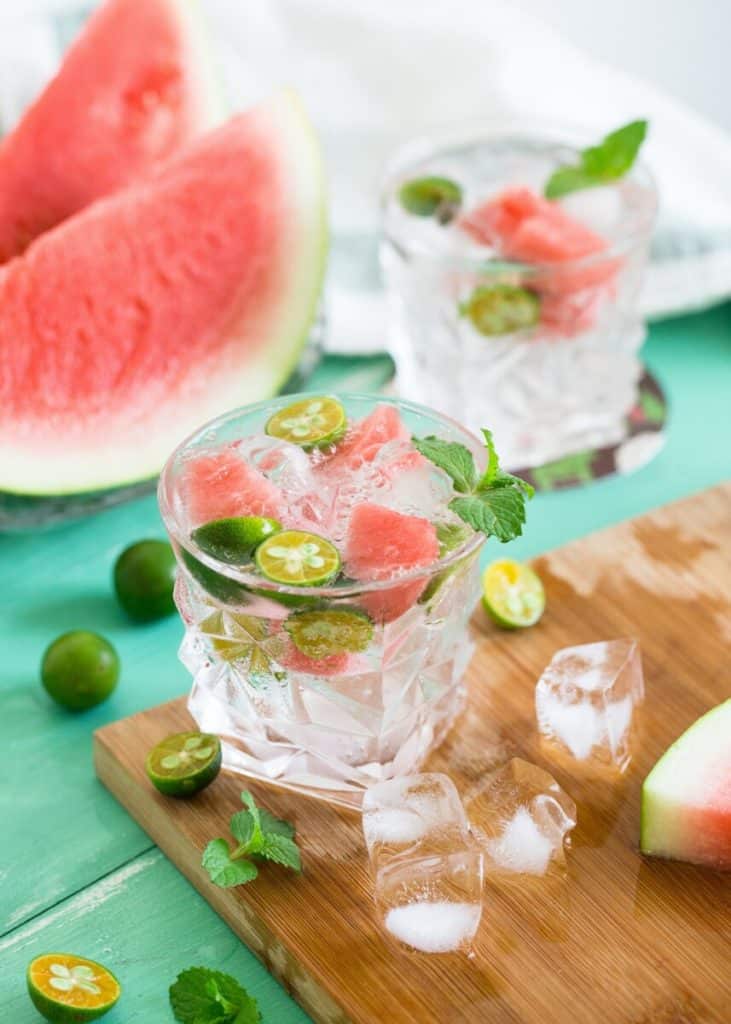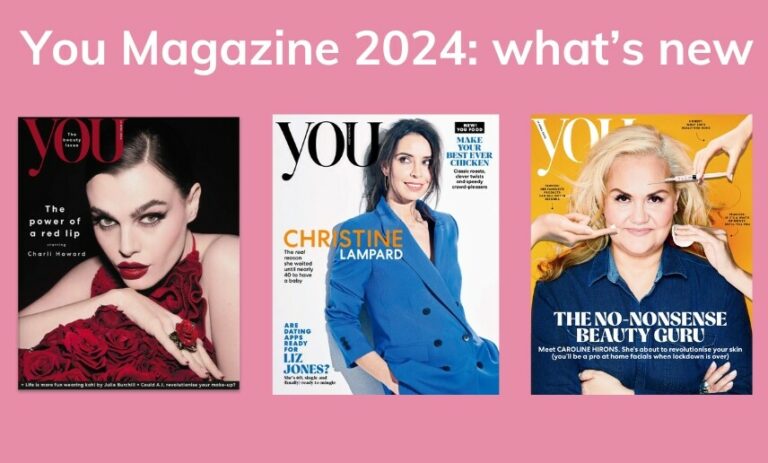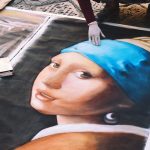The images you send to journalists have the ability to strengthen your pitch, so make sure you pick a good image.
They need to be smart, savvy images that will create a good first impression and help to tell a story. To help you achieve your best results we’ve compiled 6 top tips on how to choose a great image.
High-resolution images are essential
Receiving images in a state ready for print is extremely helpful for the journalist you’re pitching to. Should your pitch be successful, the journalist won’t have to chase you for another version of the same image.
Make sure your pictures are in focus
This might sound obvious, but what is anyone going to do with a blurry image? High-res does not mean it’s in focus – so make sure that your images look sharp and clear.
Pay attention to the framing
Are you providing different angles of the same image? A well-positioned product helps to tell a story. From product shots, to fashion and location images, there is a technique to getting it right.

We’ve compiled the top tips from our webinars with the editors of the leading seven glossy newspaper magazines. Download our guide and learn the best time to approach editors, top tips on how to secure coverage, and more.
Nail your lighting
Branding matters, and every brand has a different aesthetic. However, there must be a balance between your design choice and the need for a well-lit image. When in doubt, aim for bright, clear lighting and an authentic representation of colour.
Make sure visuals match the story
If a journalist writes about fashion, what is the point in including pictures of cocktails in your pitch? There’s a lot to be said for making sure your pitches are relevant as a whole, but ensuring your visuals are relevant will put you 5 steps ahead. Don’t attach images for the sake of it.
Dropbox is your new best friend
Have your images ready to send in a Dropbox file – journalists LOVE Dropbox. Attaching images to your emails clogs up their already over-loaded inbox, especially when you’re sending large high-resolution files (see point 1).
















